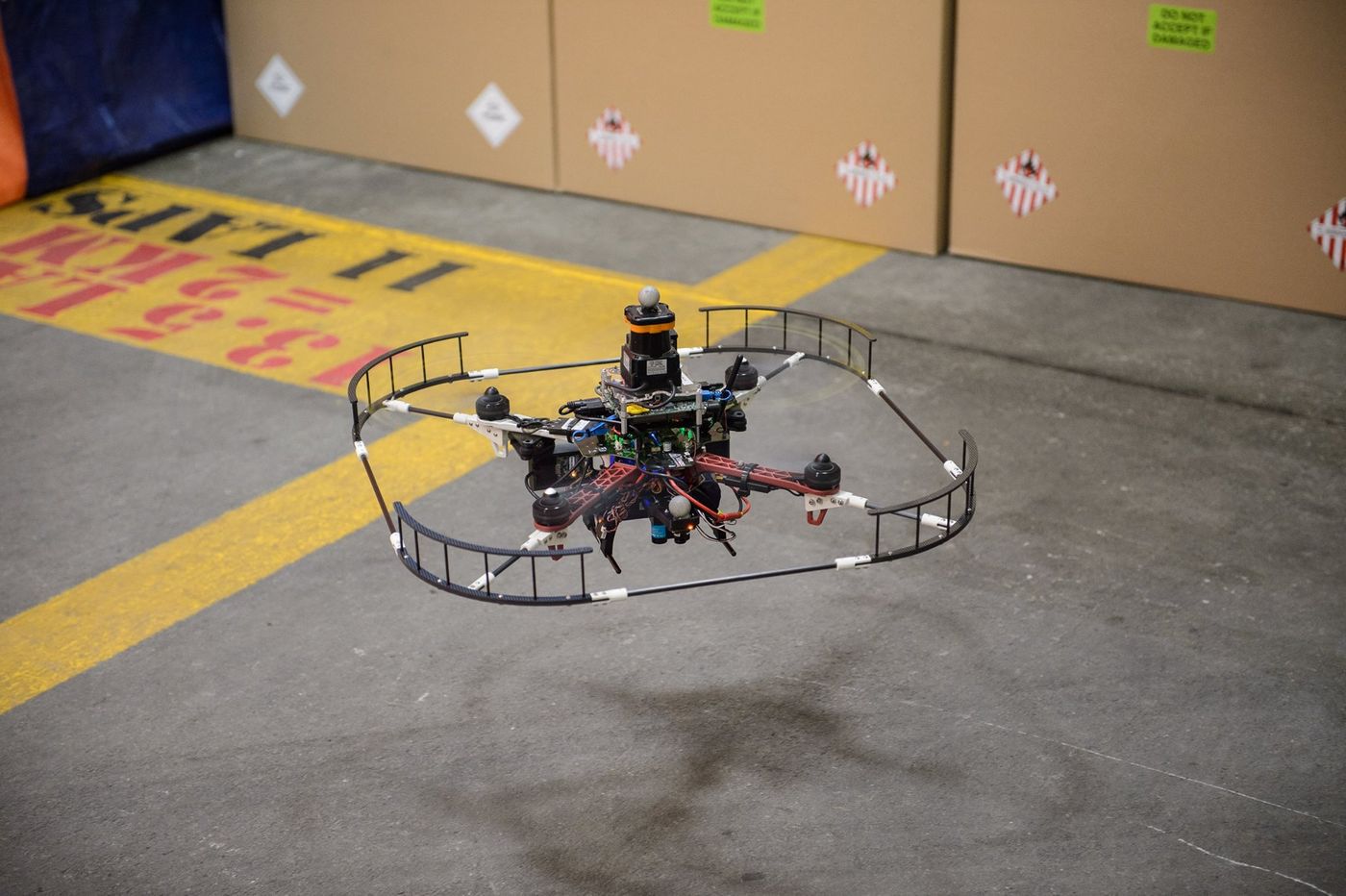DARPA Creates Ultra-Fast Lightweight Autonomous Drone
Modern drone technology is evolving at a rapid pace. The popularity of quadcopter drones is booming, and it’s clear not only to the market, but also to the United States military, that there’s a use for these kinds of flying machines.
DARPA, the research division of the Pentagon, is experimenting with autonomous drones that are capable of zooming through the air as quickly as 45 miles per hour – that’s faster than many other lightweight drones being produced today, and it’s equally impressive that a human isn’t even controlling them when they avoid the obstacles put in their path.

“Very lightweight UAVs exist today that are agile and can fly faster than 20 meters per second, but they can’t carry the sensors and computation to fly autonomously in cluttered environments,” said Mark Micire, DARPA program manager. “And large UAVs exist that can fly high and fast with heavy computing payloads and sensors on board. What makes the FLA program so challenging is finding the sweetspot of a small size, weight and power air vehicle with limited onboard computing power to perform a complex mission completely autonomously.”
The drones are loaded with all kinds of sensors and software that look for and avoid obstacles, and while the technology is still in its early developmental stages, it’s sure looking promising already. Without any human intervention, the drones are literally flying themselves.
The drones are smart enough to avoid even some of the most complex indoor clutter conditions while navigating at these speeds, and they don’t use GPS to provide information, so they’re incredibly power efficient.
Since initial testing is still very much “initial,” the testing didn’t go without some crashing. There is still a lot of wiggle room for improvement to be made. On the other hand, the success of demonstration of technology opens doors for future innovation where this kind of technology could be useful, such as in surveillance or protecting U.S. soldiers.
They may not have zoomed flawlessly around obstacles like the Millennium Falcon did as it careened through the hull of a...
Posted by Defense Advanced Research Projects Agency - DARPA on Friday, February 12, 2016
The hard part is figuring out the sweet spot between "lightweight" and "capable," and further testing should provide more insight.
Source: DARPA








